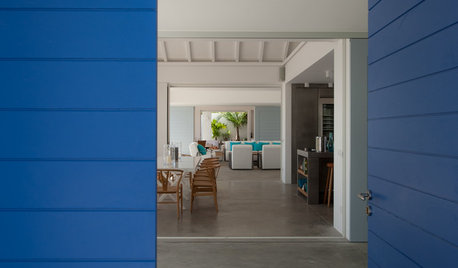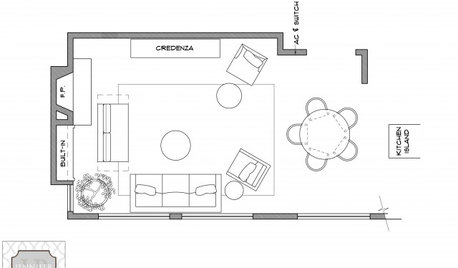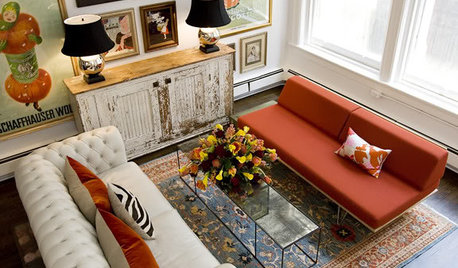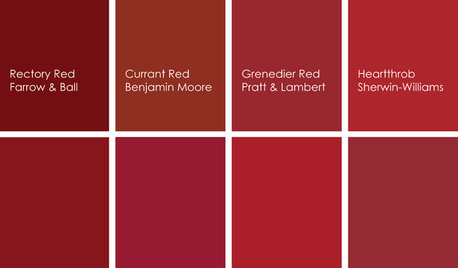What are the rules on using colored tape to ID wire ends?
fixizin
13 years ago
Featured Answer
Comments (9)
joed
13 years agoRelated Professionals
Dorchester Center General Contractors · Enfield General Contractors · Leon Valley General Contractors · Seal Beach General Contractors · Texas City General Contractors · Valle Vista General Contractors · Waxahachie General Contractors · Wheeling General Contractors · Carpinteria Solar Energy Systems · Cheshire Solar Energy Systems · Madison Solar Energy Systems · Palo Alto Solar Energy Systems · Voorhees Solar Energy Systems · La Crescenta-Montrose Home Automation & Home Media · San Jose Home Automation & Home Mediabrickeyee
13 years agofixizin
13 years agobrickeyee
13 years agoRon Natalie
13 years agomanhattan42
13 years agofixizin
13 years agoIsaac Brown
3 years ago
Related Stories

HOUZZ TOURSMy Houzz: Creative Renters Triumph Over the ‘No Paint’ Rule
Not allowed to paint and limited with nails, a design-minded couple uses furnishings and textiles to make their rooms stand out
Full Story
COLORBest Uses for the Saturated Blue Color of 2015
Kelly-Moore’s selection is a classic shade of blue worthy of chunky accents around the home
Full Story
HOUZZ TOURSMy Houzz: Color Breaks All the Rules in This NYC Apartment
Vibrant hues, pop art and midcentury classics define this couple’s fearless approach to decorating
Full Story
DESIGNER SHOWCASESGlamour and Colors Rule at 2016 Kips Bay Decorator Show House
See how 21 designers from around the U.S. outfitted a 1940 townhouse with vivid wall treatments and edgy furnishings
Full Story
DECORATING GUIDESArranging Furniture? Tape it Out First!
Here's how to use painter's tape to catch any interior space-planning mistakes early
Full Story
DECORATING GUIDESFeel Free to Break Some Decorating Rules
Ditch the dogma about color, style and matching, and watch your rooms come alive
Full Story
KITCHEN DESIGNCooking With Color: When to Use Red in the Kitchen
Candy Apple Red, Red Licorice and more for your kitchen walls, cabinets or island? The color choices are as delicious as they sound
Full Story
BLACKCooking With Color: When to Use Black in the Kitchen
Consider sampling Caviar or Cracked Pepper on your kitchen walls or cabinets for richness and impact
Full Story
PETSHouzz Pets Survey: Who Rules the House — Dogs or Cats?
New data shows that pets make people happy, and pet owners love spending big to return the favor
Full Story
COLOR PALETTESEaster Egg Inspiration: 9 Great Ways to Use Pastels
Mint green, light aqua, pale pink, blossom yellow and soft lavender can bring spring beauty into your home
Full StorySponsored
Central Ohio's Trusted Home Remodeler Specializing in Kitchens & Baths
More Discussions







normel